| Weight | 1 lbs |
|---|---|
| Dimensions | 9 × 5 × 2 in |
| target | Human Epstein–Barr virus IgM |
| species reactivity | Human Epstein–Barr virus |
| applications | Lateral flow (dipstick) |
| assay type | Indirect & qualitative |
| available sizes | 20 test kits |
Human Epstein–Barr virus IgM Lateral flow dipstick kit 4573
$487.00
Summary
- Mikrogen diagnostik lateral flow device (dipstick) for research use (RUO)
- Human Epstein–Barr virus IgM Lateral flow dipstick kit 4573
- Suitable for IgM detection
- Ready-to-use
- 20 tests
Human Epstein–Barr virus IgM Lateral flow dipstick kit 4573
| kit | ||||||||||||||||||
|---|---|---|---|---|---|---|---|---|---|---|---|---|---|---|---|---|---|---|
| Assay type Sandwich assay, lateral flow (dipstick) | ||||||||||||||||||
| Research area Infectious Disease | ||||||||||||||||||
| Sample type Serum, plasma, whole blood | ||||||||||||||||||
Components
| ||||||||||||||||||
| Storage Store at 2-8°C. | ||||||||||||||||||
| Additional information Mikrogen recomLine Borrelia Tests Mikrogen recomLine Borrelia Tests are serological, qualitative in vitro tests with recombinantly produced, highly specific and immunodominant Borrelia antigens. All specific antibodies against all known Lyme disease-causing Borrelia species (B. burgdorferi sensu stricto, B. garinii, B. afzelii, B. spielmanii, and B. bavariensis) can be detected on one test strip. The recomLine Borrelia tests are used to confirm the results of screening enzyme immunoassays. Advantages
|
| target relevance |
|---|
| Organism Borrelia burgdorferi |
| Protein names Borrelia |
| Structure and strains Borrelia burgdorferi is a bacterial species of the spirochete class in the genus Borrelia, and is one of the causative agents of Lyme disease in humans. Along with a few similar genospecies, some of which also cause Lyme disease, it makes up the species complex of Borrelia burgdorferi sensu lato. The complex currently comprises 20 accepted and 3 proposed genospecies.B. burgdorferi sensu stricto exists in North America and Eurasia and until 2016 was the only known cause of Lyme disease in North America. Borrelia species are Gram-negative. |
| Detection and diagnosis Due to the complexity of the clinical picture and the generally unspecific symptoms, serology is the appropriate method to ensure an optimal diagnosis. It is recommended to adopt a logical step-wise approach for serological diagnosis, initially using a sensitive screening assay with subsequent confirmation by another specific test. |
Data
Publications
| pmid | title | authors | citation |
|---|---|---|---|
| We haven't added any publications to our database yet. | |||
Protocols
| relevant to this product |
|---|
| 4573 protocol |
Documents
| # | ||
|---|---|---|
| Please enter your product and batch number here to retrieve product datasheet, SDS, and QC information. | ||
Only logged in customers who have purchased this product may leave a review.
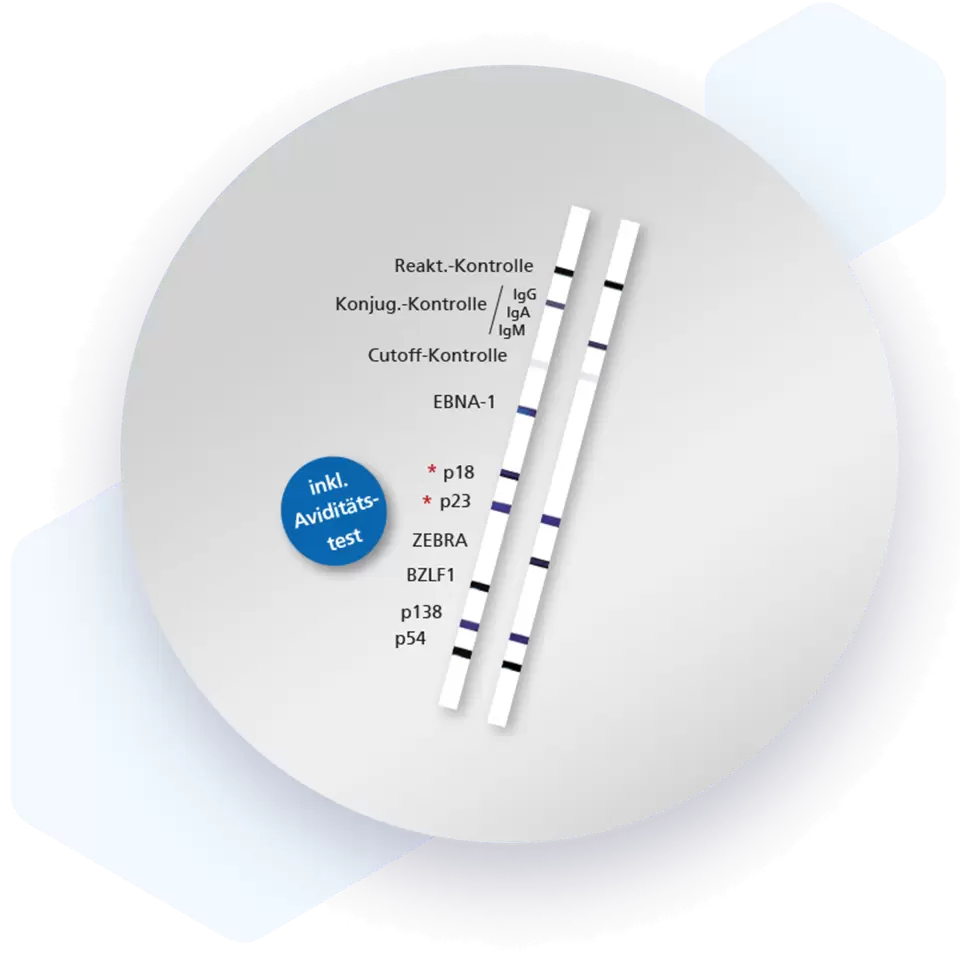
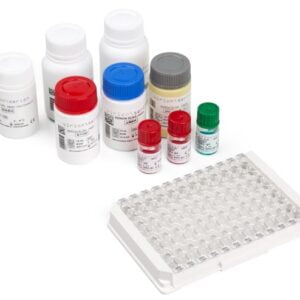
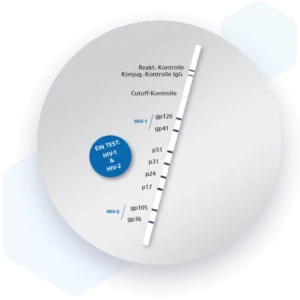


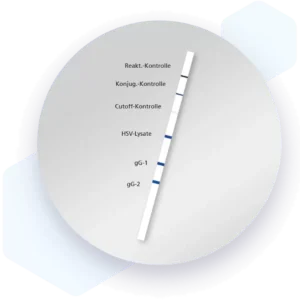
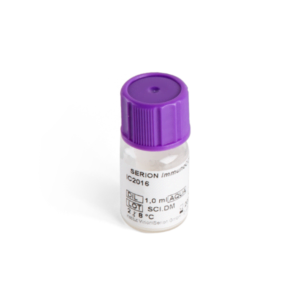
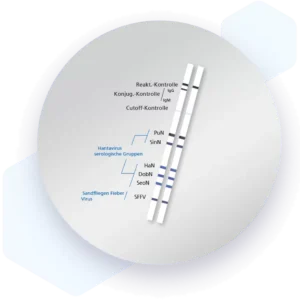
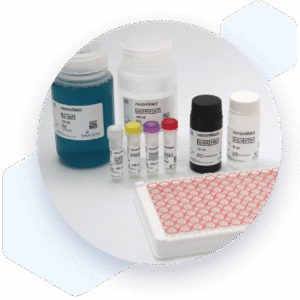
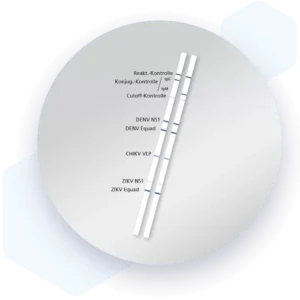
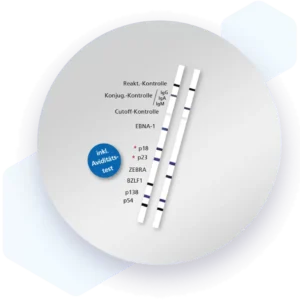
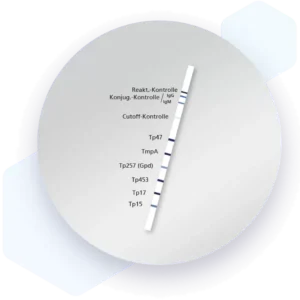



Reviews
There are no reviews yet.